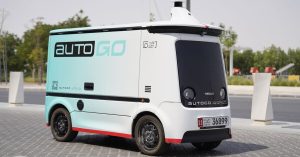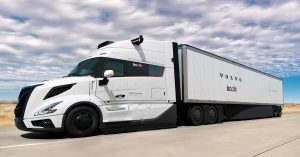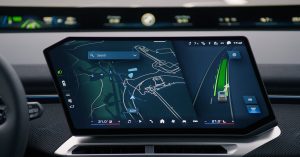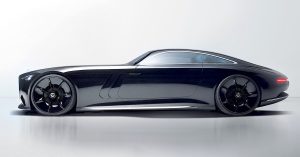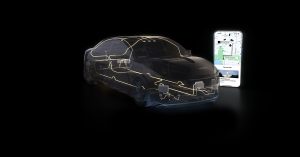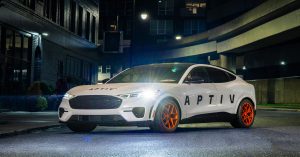Traditional vehicle safety testing has long relied on closed-course tracks to validate the performance of both conventional and autonomous driving systems. These test environments have been essential for structured evaluations, but as autonomous vehicle (AV) technology evolves, the limitations of such controlled settings have become more apparent. To address these constraints, Waabi has introduced an innovative solution—Mixed Reality Testing (MRT)—which blends physical and virtual worlds to provide a more realistic, flexible, and scalable testing environment.
The Problem with Conventional Test Tracks
While closed-course testing has played a key role in vehicle development, it falls short when it comes to simulating the complexity of real-world driving. Test tracks are expensive to build and maintain, and the scenarios they offer are often repetitive and lack diversity. It’s nearly impossible to simulate the randomness of public roads, which involve a chaotic mix of vehicles, pedestrians, animals, road debris, and unpredictable driver behavior.
Moreover, the safety limitations of test tracks restrict how far developers can push edge-case testing. Scenarios involving sudden pedestrian crossings, erratic drivers, or dangerous road obstacles are hard to recreate safely in the real world. While props, dummies, and specialized rigs offer partial solutions, they remain costly and fail to reflect true real-world unpredictability.
Waabi’s Next-Gen Testing Approach
Waabi’s MRT is a breakthrough alternative that addresses these issues head-on. Instead of relying solely on physical setups, the company’s approach allows its autonomous driving system—the Waabi Driver—to operate in a real-world setting while interacting with intelligent virtual agents. These digital elements are seamlessly overlaid onto the physical environment, creating a mixed reality where both types of input influence the vehicle’s decision-making.
At the core of this system is Onboard Waabi World, a miniaturized version of Waabi’s powerful neural simulation platform. It takes in real-time sensor data—like lidar and camera feeds—and dynamically alters it to incorporate virtual actors, such as other vehicles, pedestrians, cyclists, and obstacles. These virtual entities behave intelligently and are capable of responding to both the Waabi Driver and each other, simulating the unpredictable nature of actual traffic.
For example, MRT can generate complex scenarios on the fly: a child dashing across the road, sudden traffic congestion, an animal wandering into the lane, or emergency vehicles appearing unexpectedly. These interactions take place while the vehicle is driving in a real physical space, allowing for far more realistic and risk-free testing.
Real-World Benefits
Unlike traditional track testing, Waabi’s mixed reality environment can operate continuously without the need to reset physical scenarios. This means developers can test more situations in less time, boosting efficiency and accelerating the safety validation process.
A Broader Shift in the Industry
In parallel, companies like Mobileye are also rethinking AV development. Mobileye recently introduced a fully integrated driver monitoring system (DMS) that combines with its advanced driver-assistance features on a single chip. This unified solution simplifies vehicle architecture, reduces costs, and offers easier integration across global platforms.
Together, innovations like Waabi’s MRT and Mobileye’s integrated systems signal a major leap forward in the tools being used to bring safer, smarter autonomous vehicles to public roads.


